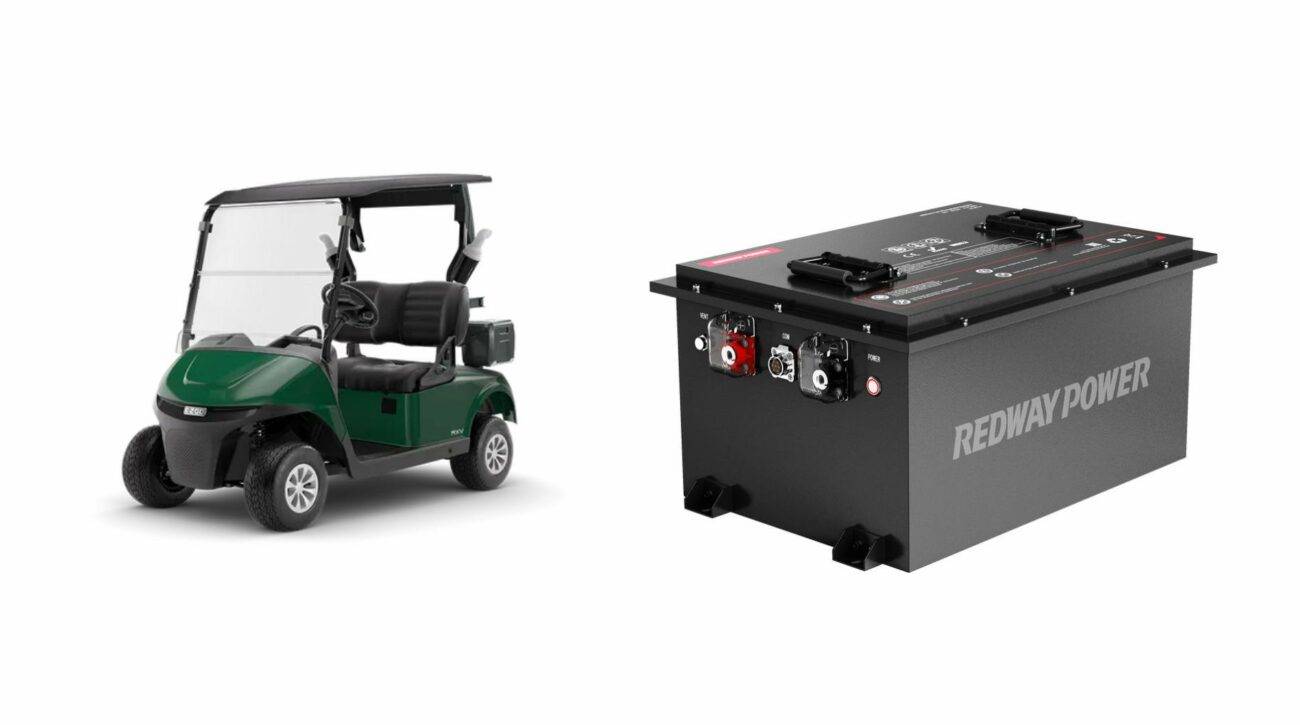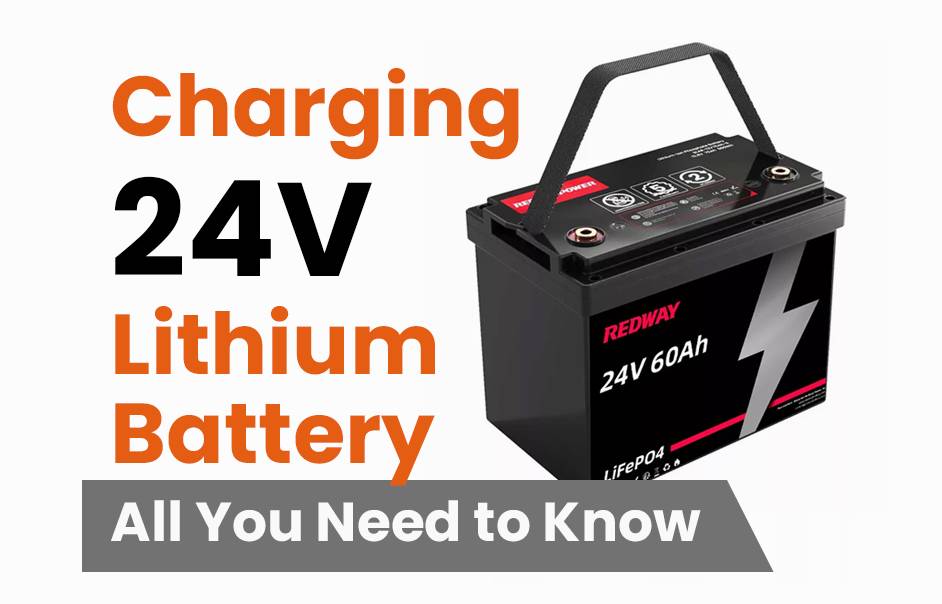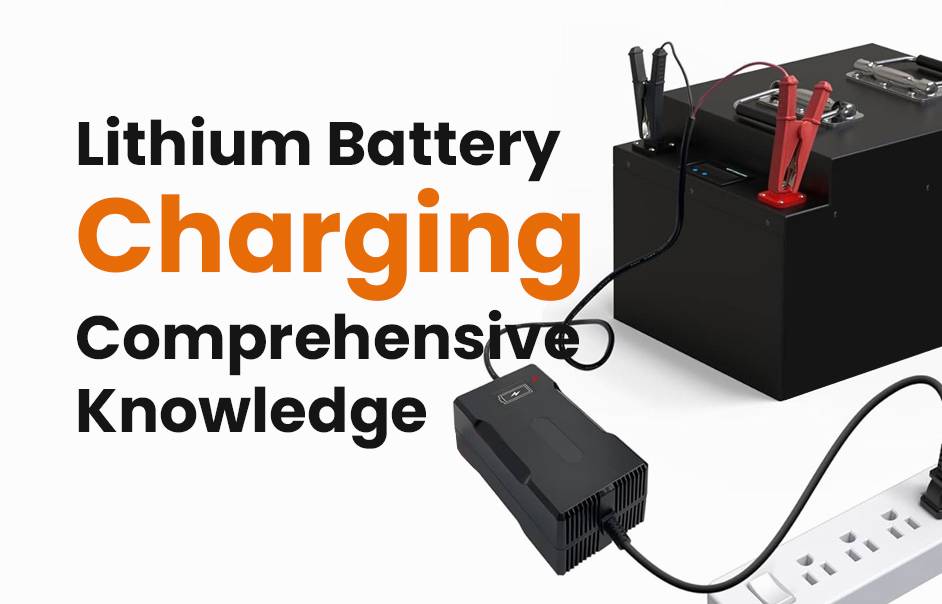- Forklift Lithium Battery
-
48V
- 48V 210Ah
- 48V 300Ah
- 48V 420Ah (949 x 349 x 569 mm)
- 48V 420Ah (950 x 421 x 450 mm)
- 48V 456Ah
- 48V 460Ah (830 x 630 x 590 mm)
- 48V 460Ah (950 x 421 x 450 mm)
- 48V 460Ah (800 x 630 x 600 mm)
- 48V 460Ah (820 x 660 x 470 mm)
- 48V 500Ah
- 48V 560Ah (810 x 630 x 600 mm)
- 48V 560Ah (950 x 592 x 450 mm)
- 48V 600Ah
- 48V 630Ah
-
48V
- Lithium Golf Cart Battery
- 12V Lithium Battery
12V 150Ah Lithium RV Battery
Bluetooth App | BCI Group 31
LiFePO4 Lithium
Discharge Temperature -20°C ~ 65°C
Fast Charger 14.6V 50A
Solar MPPT Charging - 24V Lithium Battery
- 36V Lithium Battery
- 48V Lithium Battery
-
48V LiFePO4 Battery
- 48V 50Ah
- 48V 50Ah (for Golf Carts)
- 48V 60Ah (8D)
- 48V 100Ah (8D)
- 48V 100Ah
- 48V 100Ah (Discharge 100A for Golf Carts)
- 48V 100Ah (Discharge 150A for Golf Carts)
- 48V 100Ah (Discharge 200A for Golf Carts)
- 48V 150Ah (for Golf Carts)
- 48V 160Ah (Discharge 100A for Golf Carts)
- 48V 160Ah (Discharge 160A for Golf Carts)
-
48V LiFePO4 Battery
- 60V Lithium Battery
-
60V LiFePO4 Battery
- 60V 20Ah
- 60V 30Ah
- 60V 50Ah
- 60V 50Ah (Small Size / Side Terminal)
- 60V 100Ah (for Electric Motocycle, Electric Scooter, LSV, AGV)
- 60V 100Ah (for Forklift, AGV, Electric Scooter, Sweeper)
- 60V 150Ah (E-Motocycle / E-Scooter / E-Tricycle / Tour LSV)
- 60V 200Ah (for Forklift, AGV, Electric Scooter, Sweeper)
-
60V LiFePO4 Battery
- 72V~96V Lithium Battery
- Rack-mounted Lithium Battery
- E-Bike Battery
- All-in-One Home-ESS
- Wall-mount Battery ESS
-
Home-ESS Lithium Battery PowerWall
- 24V 100Ah 2.4kWh PW24100-S PowerWall
- 48V 50Ah 2.4kWh PW4850-S PowerWall
- 48V 50Ah 2.56kWh PW5150-S PowerWall
- 48V 100Ah 5.12kWh PW51100-F PowerWall (IP65)
- 48V 100Ah 5.12kWh PW51100-S PowerWall
- 48V 100Ah 5.12kWh PW51100-H PowerWall
- 48V 200Ah 10kWh PW51200-H PowerWall
- 48V 300Ah 15kWh PW51300-H PowerWall
PowerWall 51.2V 100Ah LiFePO4 Lithium Battery
Highly popular in Asia and Eastern Europe.
CE Certification | Home-ESS -
Home-ESS Lithium Battery PowerWall
- Portable Power Stations
Can You Charge a 24V Battery with a 12V Charger?
Charging a 24V battery with a 12V charger poses several challenges and potential risks. Understanding these intricacies is crucial for ensuring both safety and battery longevity. In this article, we will explore why a 12V charger is not suitable for a 24V battery and discuss alternative methods and best practices for charging a 24V battery effectively.
Why a 12V Charger is Not Suitable for a 24V Battery
A 12V charger is designed to provide a lower voltage output, which is insufficient for adequately charging a 24V battery. The voltage difference means that the charger cannot supply the necessary voltage to fully charge the 24V battery. Attempting to use a 12V charger may result in a very slow charging process, and the battery may never reach its full charge capacity. Furthermore, using a charger with the wrong voltage can lead to damage to both the battery and the charger.
Risks of Using a 12V Charger for a 24V Battery
- Incomplete Charging: A 12V charger cannot provide the necessary voltage to charge a 24V battery completely. This could lead to the battery remaining undercharged, which affects its performance and lifespan.
- Extended Charging Time: Even if the charger manages to charge the battery, the process will be extremely slow. This extended charging time can be impractical and inconvenient.
- Potential Damage: Using a charger with a voltage lower than required can cause excessive strain on both the charger and the battery. Over time, this strain can lead to malfunction or failure of the charging equipment and the battery.
Alternative Methods for Charging a 24V Battery
If you need to charge a 24V battery but only have access to 12V equipment, there are a few methods you can consider:
1. Connecting Two 12V Batteries in Series
One effective method is to connect two 12V batteries in series. When connected in series, the combined output will be 24V, which is suitable for charging a 24V battery. Here’s a step-by-step guide:
- Connect the Positive Terminal of the First Battery to the Negative Terminal of the Second Battery: This creates a series circuit that outputs 24V.
- Connect the Charger: Attach the 12V charger to the 24V battery. The charger will now be able to provide the required voltage to the 24V battery.
- Monitor the Charging Process: Ensure that the charging process is carefully monitored to prevent overcharging or overheating.
2. Using a 24V Battery Charger
For the most efficient and safe charging, it is recommended to use a dedicated 24V battery charger. These chargers are specifically designed to handle the voltage requirements of 24V batteries. Here’s why this method is preferred:
- Correct Voltage and Current: A 24V charger will provide the correct voltage and current, ensuring a full and efficient charge.
- Safety: Dedicated 24V chargers are designed with safety features to prevent overcharging and damage to the battery.
- Efficiency: Using the appropriate charger minimizes charging time and ensures the battery is charged to its full capacity.
3. Using a Multi-Voltage Charger
Some modern chargers are designed to accommodate multiple voltage levels, including both 12V and 24V. For example, the GYS CT 160 is a versatile charger that can handle both 12V and 24V batteries. When using such a charger, ensure the following:
- Select the Correct Voltage Setting: Many multi-voltage chargers have selectable settings. Be sure to choose the 24V setting for charging a 24V battery.
- Follow Manufacturer Instructions: Adhere to the manufacturer’s guidelines for optimal performance and safety.
Best Practices for Charging 24V Batteries
1. Choose the Right Charger
Always use a charger specifically designed for the voltage of your battery. For a 24V battery, a dedicated 24V charger is the best option to ensure proper charging and avoid potential damage.
2. Monitor Charging Conditions
Whether using a dedicated 24V charger or an alternative method, regularly monitor the charging process. Check for signs of overheating or swelling, and ensure that the battery is charging within the recommended parameters.
3. Understand Battery Specifications
Before beginning the charging process, familiarize yourself with the battery’s specifications, including its amp hour (Ah) rating. This rating indicates the battery’s capacity and helps in selecting a charger with the appropriate output.
Conclusion
In conclusion, while a 12V charger is not recommended for charging a 24V battery due to voltage mismatch and potential risks, there are effective alternatives available. Connecting two 12V batteries in series or using a dedicated 24V charger are viable options that ensure proper and safe charging. Always follow best practices and manufacturer recommendations to maintain the health and performance of your battery.
By understanding these methods and guidelines, you can effectively manage the charging of a 24V battery and avoid common pitfalls associated with incorrect charging practices.





















